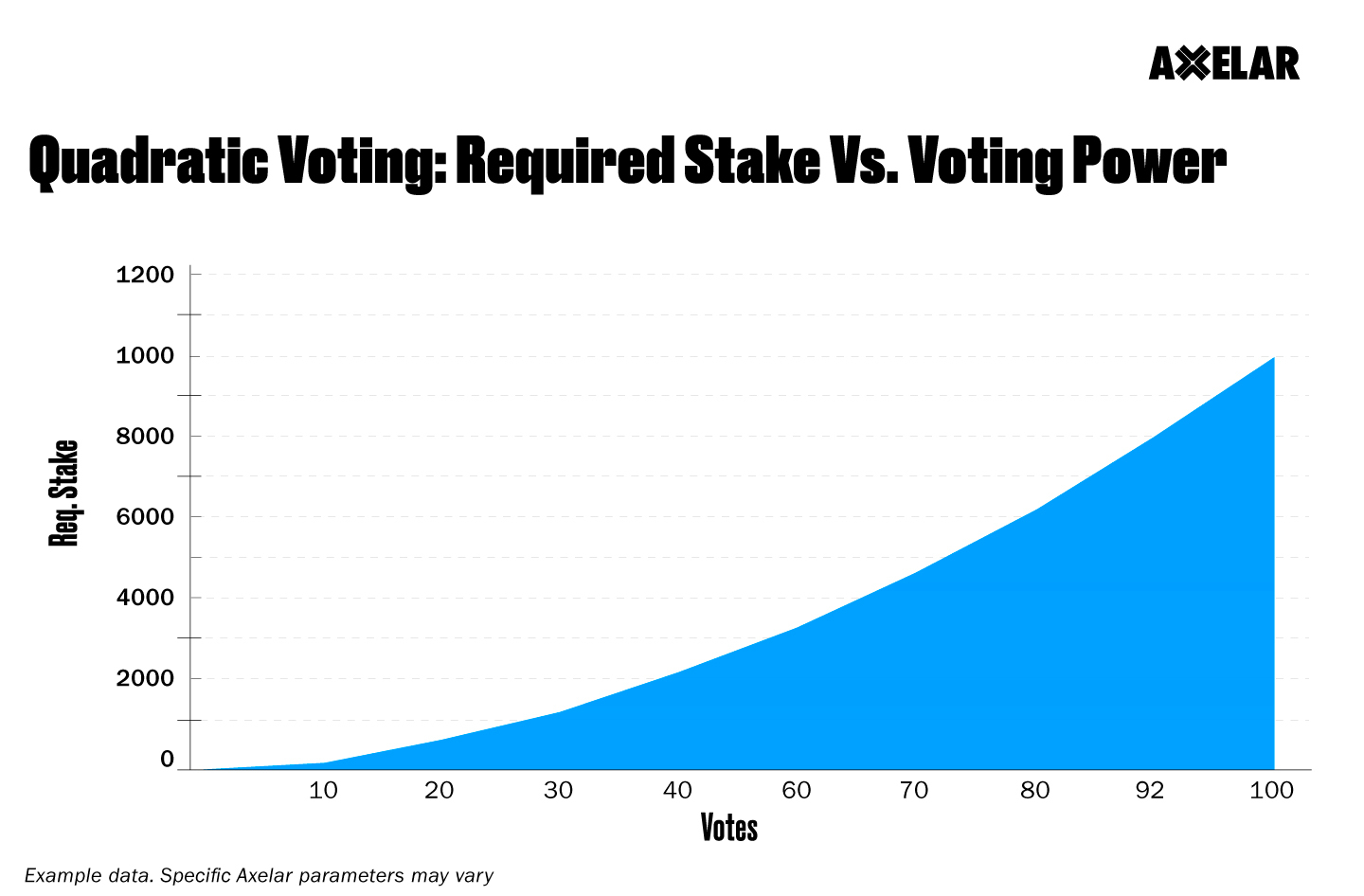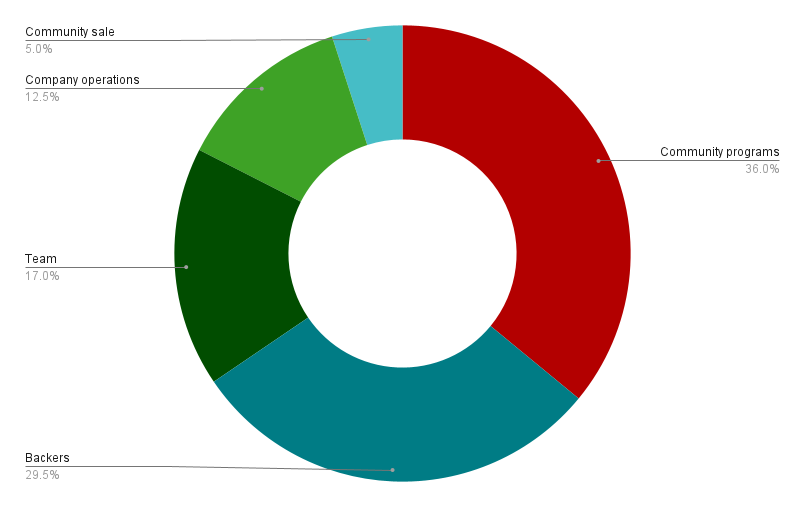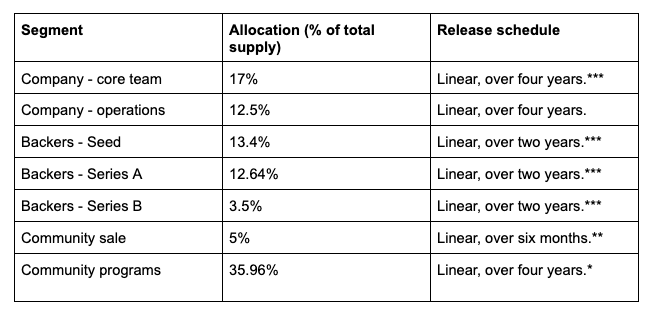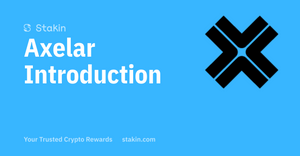The wonderful thing about blockchain and cryptocurrencies is that it gives almost endless options to many different users. However, until recently, many protocols were siloed and couldn’t interact with each other, fragmenting the crypto user base while not adding much to the overall user experience and putting a cap on what developers can build.
Possible solutions such as the IBC (Inter-Blockchain Communication Protocol) have been introduced to tackle this problem. While the IBC helps connect the Cosmos SDK builders to communicate with each other, it doesn’t give any options to those outside the Cosmos ecosystem. Yes, you can use bridges to transfer assets from Point A to Point B. Still, they require heavy engineering work from developers and application builders who must understand different communication protocols to integrate their DApps across blockchain ecosystems.
That’s where Axelar Network comes in. Axelar delivers secure cross-chain communication for Web3 so that developers can build a complete Cross-chain experience and allow users to interact with any asset, application, or chain in one click. The network runs on a Byzantine Consensus, which is another mechanism to reach agreement on a blockchain even if some of its nodes behave maliciously, and validators help facilitate the cross-chain requests.
Axelar suite
Axelar heavily relies on APIs (application programming interfaces), a technology used by software to access data or other applications. In a nutshell, APIs help programs or applications talk with each other. Axelar network includes a protocol suite and APIs:
- The Cross-Chain Gateway Protocol (CGP) connects multiple autonomous blockchain ecosystems and handles the routing across them.
- The Cross-Chain Transfer Protocol (CTP) connects DApps on any chain to perform cross-chain requests.
With Axelar, blockchains don't need to “speak any custom language” or make custom changes on their blockchain. Chains can be plugged into other networks easily. Resulting in these advantages:
- Easily plug in your blockchains to all different blockchain ecosystems.
- Host, lock, unlock, transfer assets, and communicate with applications on any other chain.
- Access to all applications across the crypto ecosystem from your wallet.
Security
It’s no surprise that users are concerned about security; weak security in a protocol can be dangerous and risk a network's assets. Many design, engineering, and process decisions are being made to ensure a protocol has a high-security standard. Axelar combines a PoS blockchain design, a quadratic voting mechanism, and a robust validator set, ensuring that transactions are valid. Furthermore, it limits how much can be transferred from external chains to Axelar, plus audits and bug bounties, all ensuring Axelar code is ready for battle.
Validators and Quadratic Voting
The concentration of voting power is a constant concern among community members in PoS networks; usually, the few validators on top get the most delegations, and consequently, their voting power increases. Axelar wants to tackle this with quadratic voting, a novel mechanism to ensure that the voting power is spread as evenly as possible.
One token is one vote; with quadratic voting in place, a validator's voting power would equal the root square of the validator's total stake. For example, if validator A has a total of 4 tokens, its voting power would equal two votes.
Help yourself with this graphic found on the Axelar blog.

Tokenomics
The AXL Token is the native token of the Axelar Network; it supports incentive and fee payments to validators and stakers and grants stakers governance rights over the network.
When you stake the AXL token, delegate tokens to a validator, and receive rewards, rewards on the network are inflationary, increasing the total supply of tokens. Additionally, for each chain interconnected through the Axelar Network, an external chain inflation rate is introduced into the system.
Worth noting that users will not need to hold the AXL token to transact cross-chain. Instead, network services buy the AXL token and handle fee payments under the hood.
Distribution at Genesis

One billion AXL tokens will be minted at Genesis. Axelar will release the token supply on linear schedules, six months for community sale participants, two years for the backers, and four years for team members.
Most tokens will be locked at genesis. Although you cannot spend or transfer them until they are unlocked, you can stake them. Find the release schedule below.

Closing Thoughts
Axelar aims to power the cross-chain future by enabling developers to integrate different networks and reducing user friction. Users won't need multiple wallets or accounts to interact with various tools and protocols.
By reducing the barriers to a minimum, developers can build seamless apps, and users can take advantage of them. Axelar SDK estimates fee payments on the Axelar network. The destination chain converts tokens to AXL and the destination chain's gas token, achieving a seamless user experience and hopefully reducing the barriers to broader adoption. As validators of the network, Staking is excited to see what the future holds for this protocol.



Join the conversation